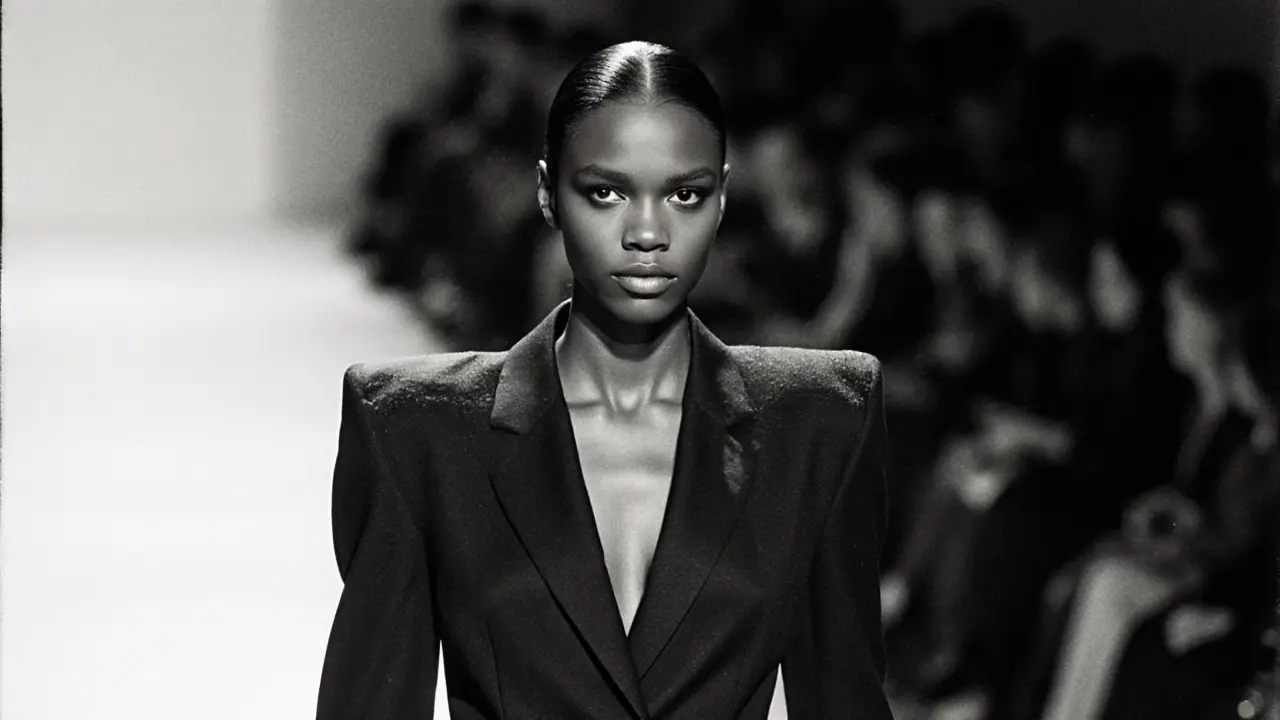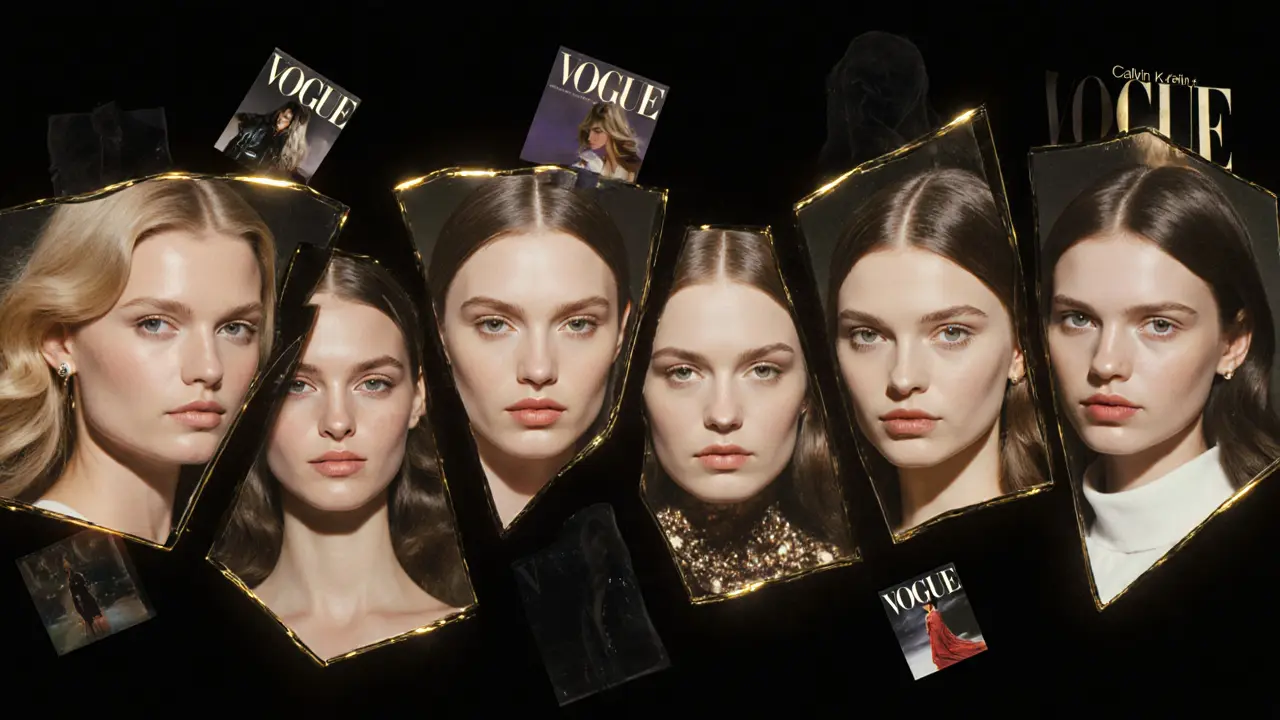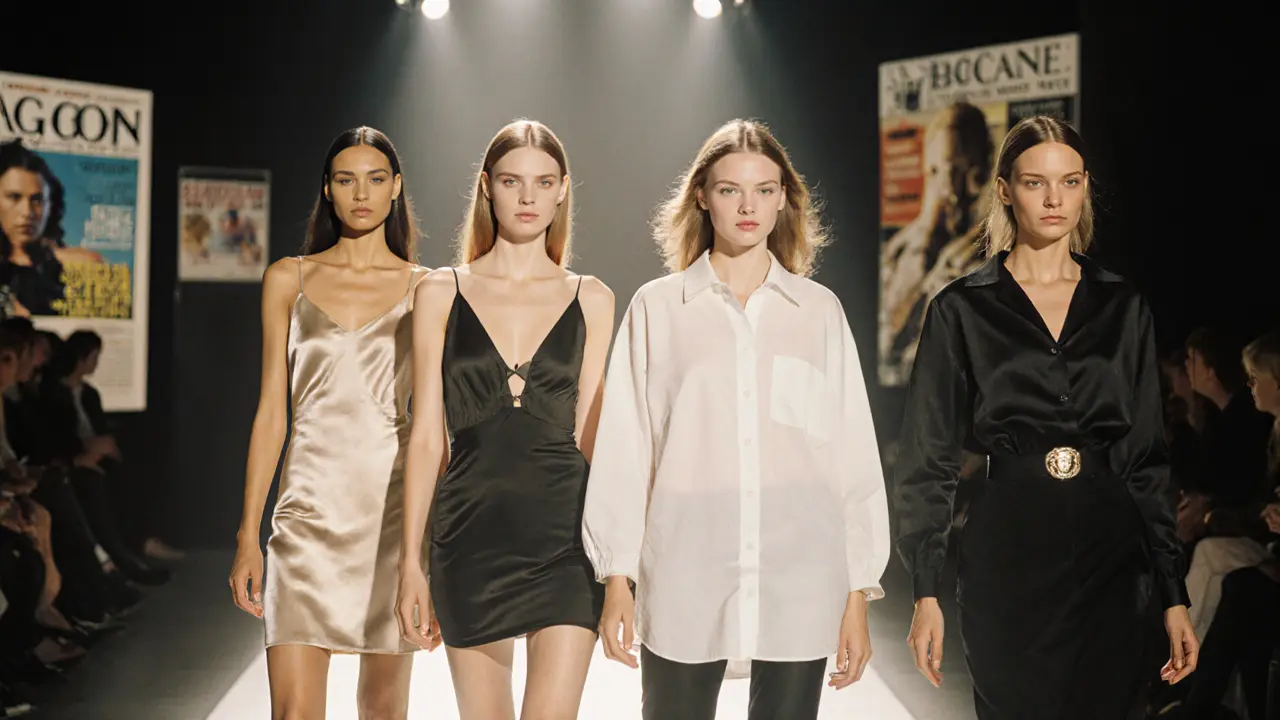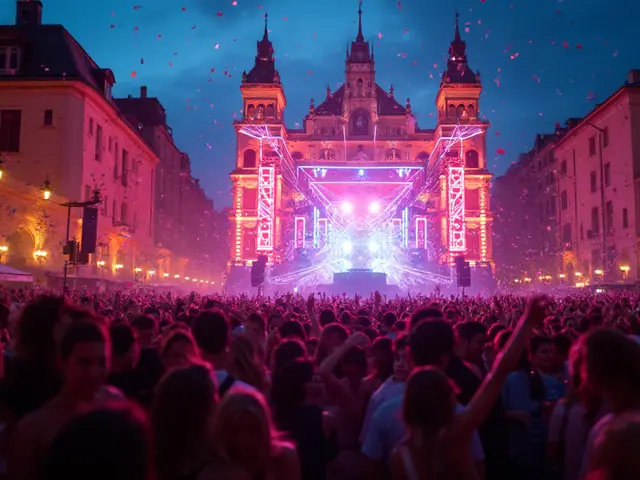You’ve seen them on billboards, magazine covers, and runway lights-faces so powerful they didn’t just wear clothes, they changed how the world saw beauty. These aren’t just models. These are the supermodels whose faces became symbols of an era, shaping trends, breaking barriers, and defining fashion for decades.
Who Really Counted as a Supermodel?
Before the internet, before Instagram, before influencers could launch brands with a single post-there were supermodels. These women didn’t just walk runways. They commanded contracts, starred in campaigns for the biggest names, and earned millions before most people even knew what a six-figure salary meant. The term wasn’t just hype-it was earned.
Think of them as the original global stars of fashion. They weren’t just pretty faces. They had presence. Charisma. A look that stuck in your mind even if you’d only seen it once. And their faces? They became the templates for beauty standards across continents.
The Faces That Changed Everything
Let’s be real: if you grew up in the 90s, you knew these names by heart. You didn’t need to know their birthdays or favorite colors-you knew their faces like your own reflection.
Cindy Crawford was the girl next door with a mole that became a trend. Her smile, her confidence, the way she tilted her head-it made luxury feel attainable. She wasn’t just modeling for Calvin Klein; she was the face of rebellion in a silk slip dress.
Naomi Campbell moved like lightning down the runway. Her posture, her intensity, the way she owned every frame-she didn’t just walk, she commanded. She broke racial barriers in a way no one had before, becoming the first Black supermodel to grace the cover of French Vogue in the 90s. Her face wasn’t just beautiful-it was historic.
Christy Turlington had the kind of elegance that made you stop scrolling. Her high cheekbones, calm gaze, and quiet power turned runway walks into poetry. She didn’t need to shout. Her face said everything.
Stephanie Seymour brought raw, edgy sex appeal to the table. With her piercing eyes and smoky lips, she was the anti-princess. She modeled for Versace when the brand was at its most daring, and her face became synonymous with danger and desire.
Kate Moss changed everything with a single photo. Her waif-like frame, tousled hair, and barely-there expression in that Calvin Klein ad in 1993 didn’t follow the rules-it shattered them. She wasn’t the traditional beauty. She was the new one. And the world followed.
Why These Faces Still Matter Today
Why do we still talk about them in 2025? Because their influence didn’t fade with the 90s. Their faces are still referenced in casting rooms, ad campaigns, and even AI-generated fashion imagery. Designers don’t just look for models-they look for echoes of these icons.
Look at any recent Gucci or Balenciaga campaign. You’ll see the same sharp jawlines, the same intense gaze, the same blend of strength and vulnerability that defined the original supermodels. Even TikTok influencers who mimic runway walks are copying the walk, the stance, the expression-things these women perfected.
They weren’t just models. They were archetypes. The girl next door. The rebel. The muse. The wild one. The quiet force. And brands still chase those archetypes because they work.

How They Built Their Legacy
It wasn’t just luck. These women had discipline. Cindy Crawford trained like an athlete. Naomi Campbell walked over 400 shows in a single season. Kate Moss survived industry scandals and came back stronger. They didn’t wait for opportunities-they created them.
They signed exclusive contracts with top agencies like Elite and IMG. They worked with legendary photographers like Peter Lindbergh and Richard Avedon, who didn’t just photograph them-they captured their soul. Lindbergh’s black-and-white shots of them in simple white shirts? Those images are still used as teaching tools in fashion schools today.
And they didn’t stop at modeling. Cindy launched a skincare line. Naomi became a UN ambassador. Kate started a production company. Their faces opened doors, but their minds kept them open.
What Made Their Faces Iconic?
It wasn’t just symmetry or skin. It was expression. The way Cindy’s eyes crinkled when she smiled. The way Naomi’s brow lowered with quiet authority. The way Kate’s lips parted slightly-like she was about to whisper a secret.
These weren’t airbrushed perfection. They had character. Flaws that made them real. A crooked smile. A strong nose. A scar. A look that said, “I’m not trying to please you-I’m here to move you.”
And that’s what modern brands are chasing now: authenticity over polish. The supermodels didn’t hide their humanity. They leaned into it. That’s why they still feel relevant.
Modern Supermodels vs. The Originals
Today, you’ve got Bella Hadid, Gigi Hadid, and Adwoa Aboah-talented, powerful, and influential. But here’s the difference: the original supermodels didn’t have social media to build their brand. Their fame came from print, TV, and runway. No filters. No algorithms. Just pure presence.
Modern models are more diverse in ethnicity, body type, and identity. That’s progress. But the original supermodels? They set the foundation. They proved that a face could sell a billion-dollar industry.
And here’s the truth: no one has replaced them. Not because they were flawless. But because they were unforgettable.

Where to See Their Legacy Today
Visit any major fashion museum-Victoria & Albert, MET, or even the Fashion Institute of Technology in New York-and you’ll find entire wings dedicated to these women. Their original runway looks, editorial spreads, and campaign photos are preserved like fine art.
Even vintage stores sell 90s fashion magazines at triple the price now. Why? Because those covers still sell. That Naomi Campbell cover from 1992? It’s a collector’s item. That Cindy Crawford ad for Pepsi? Still shown in advertising classes.
And if you scroll through Instagram today, you’ll find thousands of accounts dedicated to archiving their work. Not because they’re old. But because they’re timeless.
Final Thought: It’s Not About Looks-It’s About Impact
These supermodels didn’t just have beautiful faces. They had stories. Struggles. Ambitions. They fought for pay equity, broke racial ceilings, and refused to be just another face in the crowd.
When you look at their faces now, you’re not just seeing beauty. You’re seeing history. Power. Rebellion. And the quiet, undeniable truth that fashion isn’t about clothes-it’s about the people who wear them with conviction.
Frequently Asked Questions
Who were the original supermodels?
The original supermodels of the 1980s and 1990s include Cindy Crawford, Naomi Campbell, Claudia Schiffer, Christy Turlington, and Kate Moss. They rose to fame through major runway shows, magazine covers, and high-profile advertising campaigns, becoming household names long before social media existed.
Why are supermodel faces still used in ads today?
Their faces represent timeless beauty standards and emotional power. Designers and brands reuse their imagery because those looks still evoke strong feelings-luxury, rebellion, elegance, or edge. Even AI-generated models now mimic the structure of their features, proving their lasting influence.
Did supermodels have more influence than today’s influencers?
Yes, in terms of cultural impact. Supermodels shaped global fashion trends through print media and TV, reaching millions without digital platforms. Influencers today have wider reach, but supermodels created the blueprint for what a fashion icon looks like-and their legacy still defines the industry’s standards.
Which supermodel broke the most barriers?
Naomi Campbell was the first Black supermodel to appear on the cover of French Vogue in 1992 and the first to land major campaigns for luxury houses like Chanel and Yves Saint Laurent. Her success opened doors for models of color in an industry that had long excluded them.
Can someone become a supermodel today?
The term "supermodel" is rarely used today because the industry has changed. Modern models build brands through social media, and fame is more fragmented. But someone with the right combination of look, personality, and business savvy could still become a defining face of the era-just not in the same way as the 90s icons.



